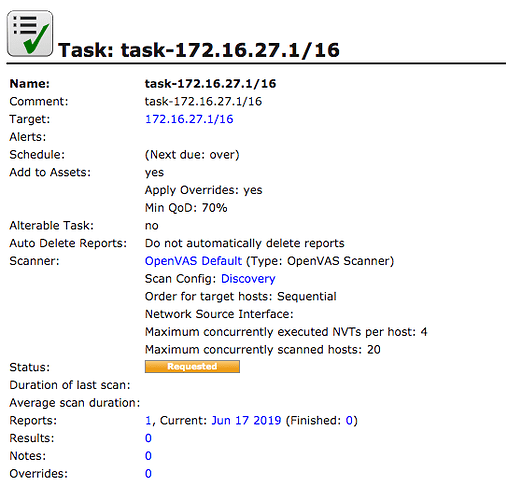
.png)
- #HOW TO INSTALL SQLITE 1.3.10 HOW TO#
- #HOW TO INSTALL SQLITE 1.3.10 UPDATE#
- #HOW TO INSTALL SQLITE 1.3.10 64 BITS#
$ sudo apt -purge remove sqlite3 sqlitebrowser Run the following command to remove both SQLite and SQLite browser. $ sqlitebrowser &ĭatabase Browser for SQLite Uninstall SQLite and SQLite Browser To start from the terminal run the following command. You can launch the application from the start menu or from the terminal.
#HOW TO INSTALL SQLITE 1.3.10 HOW TO#
Now that we have seen how to install and setup sqlite3 we will also install sqlite browser, a simple GUI tool to manage your sqlite databases. Sqlite> SELECT * FROM employee # Selecting record from table tables command to list tables in the database. Now let’s create a sample table by executing the following queries. databases # To see which database session is connected $ sqlite3 /home/tecmint/test # creating test db in /home/tecmint databases command to see which file is attached to the database. If you’re using Windows like I am, you need to complete a few extra steps before you can start using it. Once you are connected to the session you can run the. Unlike modern versions of macOS, SQLite isn’t installed by default on Windows. Here I don’t have any database so I will create a new DB by mentioning the DB name as an argument. If we are not passing the database name as an argument then a temporary in-memory database is created which will be deleted once the session is terminated. If the database is available it will open the database if not it creates a new database. You can create a database when launching the sqlite session by mentioning the database name as an argument. The database is simply stored as a file in your local file system. You can see from the above image SQLite3 is successfully installed and running with version 3.33.0. You can validate the installation by starting the sqlite session by running the following command. To install the package run the following command. Now check if there are any SQLite packages available in the apt repository by running the following command.
#HOW TO INSTALL SQLITE 1.3.10 UPDATE#
First, update apt-cache by running the following command. Setting up SQLite is simple compared to other popular databases like MySql, Postgresql, etc. Every smartphone in the world has hundreds of SQLite database files and there are over one trillion databases in active use. There are lot more areas where SQLite is used.
#HOW TO INSTALL SQLITE 1.3.10 64 BITS#

SQLite is a lightweight, small and self-contained RDBMS in a C library.


 0 kommentar(er)
0 kommentar(er)
